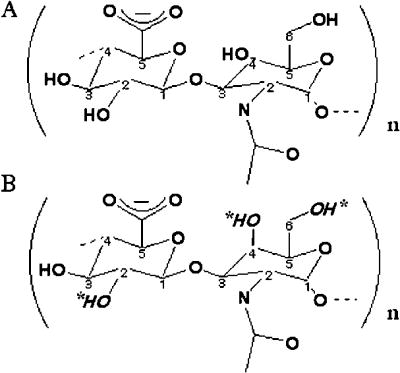Fig. 2. X-ray structure of the native bee venom Hyal and of its complex with a tetrasaccharide fragment of the HA substrate.

The only experimental structure of Hyal available is that of the bee venom enzyme. The historic secondary structure of Hyal is that of a homology model for BPH-20 and its complex with HA 86, which are similar to that of the native X-ray crystal structure of bee venom hyaluronidase and its complex with HA (pdb code: 1FCQ and 1FCV, respectively) 11.
(A) The overall distorted (β/α)8 TIM barrel fold and the cleft are shown.
The fold of this globular protein is characteristic of all glycoside hydrolases of carbohydrate active enzyme (CAZy) family 56. The molecule (based on coordinates of BVHyal having the pdb code: 1FCV) is color-coded by the secondary structure elements (helices in red, β-sheets in yellow, others in green). The HA molecule bound to the enzyme is located in the HA-binding cleft and is depicted in ball and stick fashion, and is colored in purple. This figure and other structural figures in this work were made with PyMol 156.
(B) Surface of the molecule and a tetrasaccharide HA substrate bound within the cleft.
The orientation of BVHyal molecule is similar to that in panel A. The protein surface is colored by the atomic element (C – green, N - blue, O - red, S - yellow). A large and positive charge and the hydrophobic character of the surface of the cleft allows for binding of negatively charged and also hydrophobic substrates. The cleft is where the catalytic function of hyaluronidases is performed. The HA tetrasaccharide is shown bound to the enzyme, also color coded by the atomic element.
